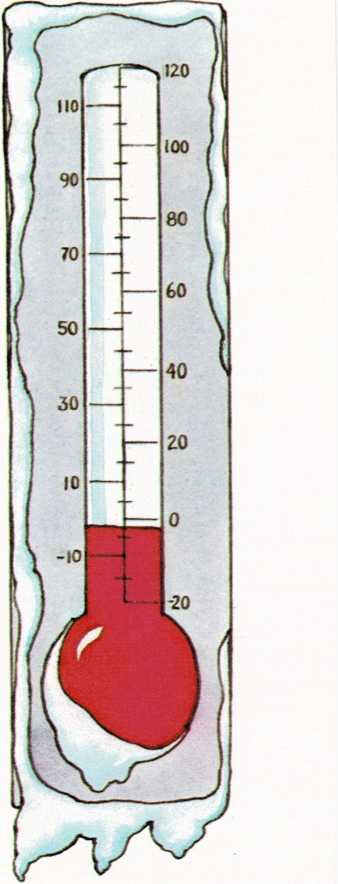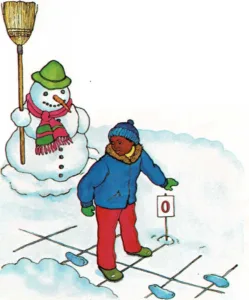Back and forth and up and down numbers
The number one is more than zero, of course.
But can a one ever be less than zero?
Yes, it can!
Suppose you are standing at the middle of a long line drawn on the
ground. Let’s call the place where you’re standing zero. Now, if you
take two steps forward along the line, you’ll be at two more than
zero, won’t you?
But if you take three steps backward along the line, you’ll be one
step farther back than

the place you first started from. So, you’ll be at one less than zero
I
You can have many numbers that are less than zero when you’re working
with what are called positive and negative numbers. The line shown below
is called a number scale.

The middle of the number scale is marked zero (0). The numbers to the
right of zero are the numbers we count with—one, two, three, and so
on. They’re called positive numbers. This is because they are more
than zero. The numbers to the left of zero—the ones that seem to go
backward—are called negative numbers. This is because they are less
than zero.
What good is it to have numbers that are less than zero? Well, negative
numbers help us solve a lot of problems with things that go backward and
forward and up and down.
Temperature, for example, goes up and down. If you have an outdoor
thermometer, you will see that there are numbers above and below zero
(0°). The numbers below 0° are negative numbers. So when the temperature
is two degrees below zero, we say it is minus two degrees (—2°).
Let’s suppose it warms up a little bit and the temperature goes to five
degrees above zero (5°). How many degrees has the temperature gone up
all together? You can use the number scale to find out. Start at —2
and count up to +5. You’ll see that the temperature has gone up seven
degrees.


